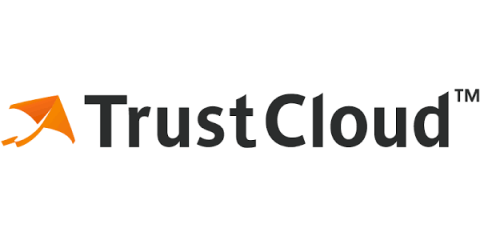Security | Threat Detection | Cyberattacks | DevSecOps | Compliance
April 2023
Risk Management: Addressing Shortcomings and Paving the Way Forward
In today’s ever-changing business landscape, managing risk is crucial for the success and longevity of any organization. From financial risks to operational risks and cyber threats, businesses face a range of challenges that require a robust and secure risk strategy. With the complexities of modern business, risk management can no longer be put on the back burner, and companies will need to keep up with the latest practices and solutions to stay afloat.
TrustCloud Product Updates: April 2023
Our team has been hard at work creating updates and new features just for you, see what we’ve been up to over the last month.
A Comprehensive Guide for the SOC-2 Audit Checklist
The SOC 2 framework helps you identify potential risks to your business and mitigate them with approved controls. To pass a SOC 2 audit, you must first define your audit objectives, determine your audit scope, and undergo a number of preparation steps and assessments. While these steps can be time-consuming, expensive, and arduous, achieving SOC 2 compliance can have huge business benefits for organizations, from improved compliance risk management to more sales opportunities.
Best Practices for Responding to a GRC Vendor Assessment
Answering a GRC (Governance, Risk, and Compliance) vendor assessment is an important step for companies that want to demonstrate their commitment to compliance and risk management to potential customers. In this piece, we’ll cover how you can best respond to a prospect’s vendor assessment so you both can seal the deal. By following these best practices, you’ll be able to provide a comprehensive and accurate response to the assessment and establish a positive working relationship.
TrustCloud Onboarding
A Step-By-Step Guide to Creating a Risk Register (Template included!)
Running a business is full of surprises. Unexpected events can pop up at any time, potentially leading to the derailment of your organization’s goals. If everything suddenly went haywire, would you and your team know what to do in the heat of the moment? That’s precisely why having a robust risk management program is crucial, and it all starts with a risk register – a tool used to identify and mitigate potential problems.
The Next Generation of Risk Registers is Here
A risk register is a tool used to manage potential problems or risks within an organization. It helps to identify and prioritize risks, their likelihood of occurrence, and provides ways to mitigate them. Risk registers allow you to play offense and defense – you’re proactively planning for potential challenges and minimizing their impact on your project’s success in the event that the roadmap does veer off course.











